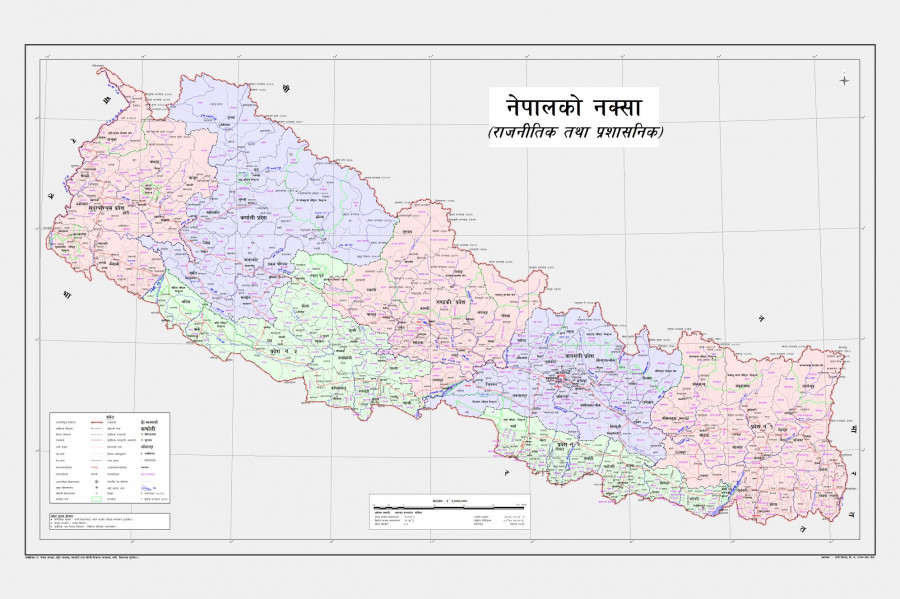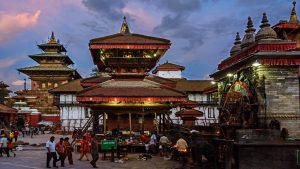
About Nepal
 Nepal is located in South Asia and shares territorial borders with India and China with an area of 147,181 square kilometers and a population of approximately 30 million. Kathmandu is the nation’s capital and the country’s largest metropolitan city. Previously ruled supposed to be the holiest Hindu temple in the world. Not only for the Hindus but also for the Buddhists Nepal offers a unique -place of pilgrimage as it happens to be the birthplace of Lord Buddha, the apostle of peace and compassion.
Nepal is located in South Asia and shares territorial borders with India and China with an area of 147,181 square kilometers and a population of approximately 30 million. Kathmandu is the nation’s capital and the country’s largest metropolitan city. Previously ruled supposed to be the holiest Hindu temple in the world. Not only for the Hindus but also for the Buddhists Nepal offers a unique -place of pilgrimage as it happens to be the birthplace of Lord Buddha, the apostle of peace and compassion.
Nepal is a place of festivals with some part of the kingdom or the other celebrating some festival during everyday of the year. Festivals may be linked with the remembrance of the departed soul, to herald the different seasons, to mark the beginning or end of the agricultural cycle, to mark the national events, or just family celebrations. On a festive day the Nepalese take their ritual bath, worship different gods and goddesses, visit temple, observe fasting and undertake feasting. The most important aspect of Nepali culture is the religious harmony and understanding prevailing among the Hindus and Buddhist.
Source: https://fr.nepalembassy.gov.np/about-nepal/
Geographic coordinates
28 00 N, 84 00 E
Area
total: 147,181 sq km land: 143,181 sq km water: 4,000 sq km
Land boundaries
total: 2,926 km border countries: China 1,236 km, India 1,690 km
Climate
varies from cool summers and severe winters in north to subtropical summers and mild winters in south
Terrain
Tarai or flat river plain of the Ganges in south, central hill region, rugged Himalayas in north
Total renewable water resources
210.2 cu km (1999) Freshwater withdrawal (domestic/industrial/agricultural): total: 10.18 cu km/yr (3%/1%/96%) per capita: 375 cu m/yr (2000)
Geography – note
landlocked; strategic location between China and India; contains eight of world’s 10 highest peaks, including Mount Everest and Kanchenjunga – the world’s tallest and third tallest – on the borders with China and India respectively
Population
29,331,000 (2009 estimate)
Age structure
0-14 years: 38.3% (male 5,721,720/female 5,360,391) 15-64 years: 57.9% (male 8,597,037/female 8,134,115) 65 years and over: 3.8% (male 528,113/female 560,414) (2007 est.)
Nationality
noun: Nepalese (singular and plural) adjective: Nepalese
Ethnic groups
Chhettri 15.5%, Brahman-Hill 12.5%, Magar 7%, Tharu 6.6%, Tamang 5.5%, Newar 5.4%, Muslim 4.2%, Kami 3.9%, Yadav 3.9%, other 32.7%, unspecified 2.8% (2001 census)
Religions
Hindu 80.6%, Buddhist 10.7%, Muslim 4.2%, Kirant 3.6%, other 0.9% (2001 census)
Agriculture – products
rice, corn, wheat, sugarcane, jute, root crops; milk, water buffalo meat
Industries
tourism, carpet, textile; small rice, jute, sugar, and oilseed mills; cigarettes, cement and brick production
Exports – commodities
carpets, clothing, leather goods, jute goods, grain
Imports – commodities
gold, machinery and equipment, petroleum products, fertilizer
